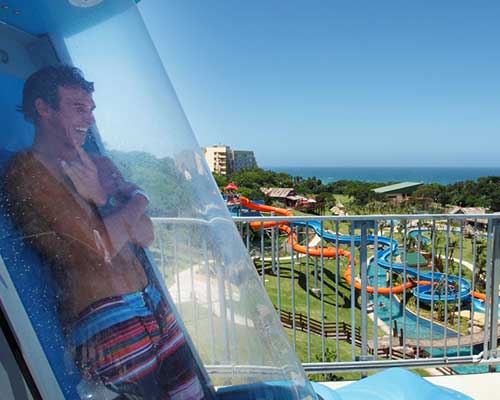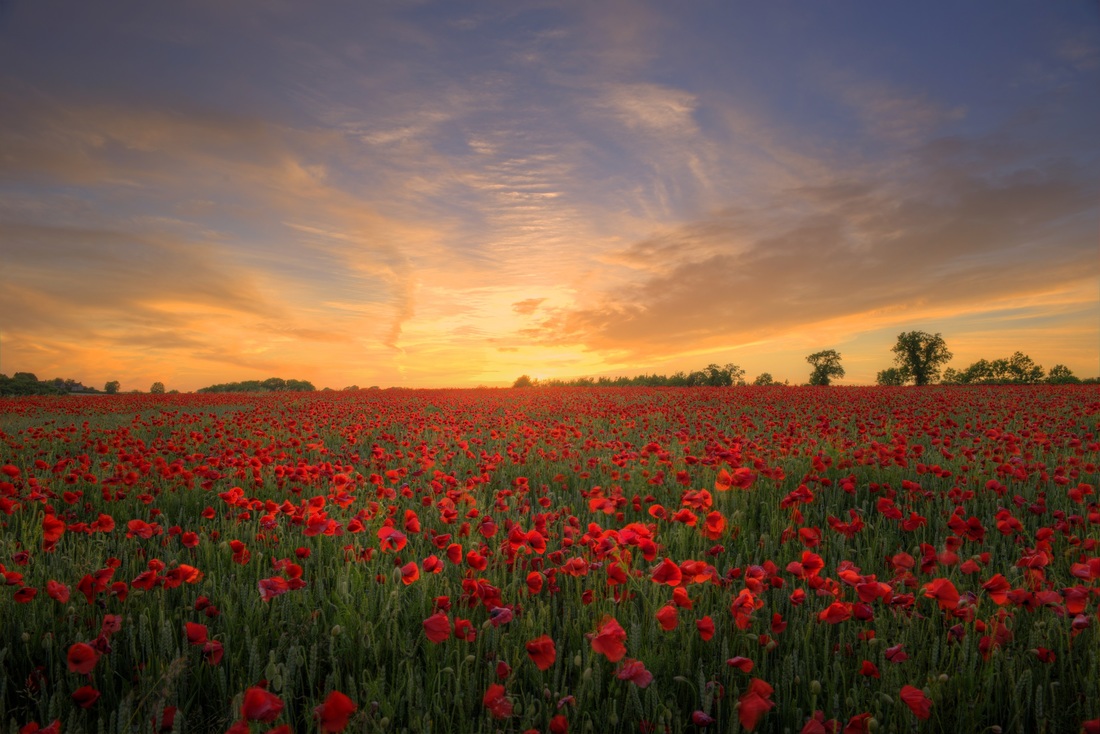

(Undeniably, McCandless proves himself remarkably capable in this chapter, canoeing through hundreds of miles of hostile landscape and even crossing an international border undetected.)Īnd yet other questions remain unanswered.

During his time in Mexico, he lived on nothing more than "five pounds of rice and what marine life he could pull from the sea," and Krakauer points out that this may have accounted for the young man's belief that he could live off the land in the Alaskan wilderness. This chapter unearths additional motivation for McCandless's irrational Alaska trek to come. The next journal entry asks, "Can this be the same Alex that set out in July 1990? Malnutrition and the road have taken their toll on his body. extremely uncomfortable in society now and must return to road immediately." He next travels back across the southwest, writing in his journal, ". McCandless is caught illegally entering the United States from Mexico and spends one night in jail. Eventually he manages to beach the canoe on a jetty. Later, a violent storm engulfs the canoe, and powerful tides threaten to carry McCandless out to sea. Eventually he realizes that he will not reach the Gulf of California traveling this route.ĭuck hunters rescue McCandless and give him a ride to a fishing village on the Gulf of California. McCandless reaches the Morelos Dam and the Mexican border.

He sends a postcard to Wayne Westerberg at the Sioux Falls work-release facility where his friend has been incarcerated. McCandless travels through Lake Havasu, the Bill Williams River, the Colorado River Indian Reservation, the Cibola National Wildlife Refuge, the Imperial National Wildlife Refuge, and the U.S. He paddles it south, his goal being to follow the Colorado River into Mexico, to the Gulf of California, and ultimately to the Pacific Ocean. He walks south through the desert, arriving in Topock, Arizona, where he buys a second-hand canoe. In Needles, California, McCandless reaches the Colorado River. His parents hired a private investigator to find their son, who discovered that he had abandoned his car and received a hitchhiking ticket. Rubber tramps who were driving from town to town selling goods at flea markets, the couple offered McCandless a ride. McCandless hitched up the coast to Oregon and was picking berries along the side of the road when a van stopped for him - the van's drivers, Jan Burres and her boyfriend Bob, thought he looked hungry. After working at the ranch for 11 days, however, McCandless realized that Crazy Ernie was never going to pay him, so he left the ranch and resumed hitchhiking. While hitchhiking, he met a man known as "Crazy Ernie," who offered him work at a rundown ranch in northern California. He next hitchhiked around the West for two months. Passing boaters gave him a ride to a marina at the end of the lake. At times the temperature reached 120 degrees, and soon he was suffering from heat stroke. With the rest of his things in a backpack, McCandless set out to hike around Lake Mead. He piled his paper money together - about $120 - and set it on fire.
BACK INTO THE WILD BOOK LICENSE
Following the flash flood, he hid his car and buried its license plates along with his rifle. McCandless's journal documents what happened.

Covered in mud, the car has been hidden under a tarp and is parked on a dry riverbed, apparently struck by a flash flood. The next evidence of Christopher McCandless surfaces not far from Lake Mead in Nevada, when a ranger with the National Park Service inadvertently discovers the yellow Datsun in which McCandless drove west from Atlanta.


 0 kommentar(er)
0 kommentar(er)
